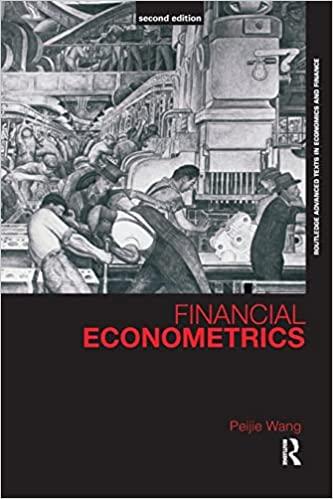
2. The expected return on the S&P 500 index is 12%. The return on the T-bill is 5%. The standard deviation of return on the S&P 500 index is 18%. Investors can form portfolios from these 2 securities. Suppose investors have a utility function of the following form:where Rp is the return on the portfolio. Suppose that the coefficients of risk aversion for George and Ann are 3 and 7, respectively. Answer the following questions: (a) Draw the investment opportunity set (b) On the same diagram, draw indifference curves for the 2 investors (hint: you can choose arbitrary utility levels in order to draw these indifference curves). (c) What are the optimal portfolios for the two investors? (In other words, what are the optimal portfolio weights they put in the risk free asset and the S&P 500 index?) Calculate the utility level these investors obtain from these portfolios.(d) Suppose we are told that an investor invests optimally and that he puts 20% in the S&P 500 and 80% in the T-Bill. What must be his coefficient of risk aversion? 2. The expected return on the S&P 500 index is 12%. The return on the T-bill is 5%. The standard deviation of return on the S&P 500 index is 18%. Investors can form portfolios from these 2 securities. Suppose investors have a utility function of the following form:where Rp is the return on the portfolio. Suppose that the coefficients of risk aversion for George and Ann are 3 and 7, respectively. Answer the following questions: (a) Draw the investment opportunity set (b) On the same diagram, draw indifference curves for the 2 investors (hint: you can choose arbitrary utility levels in order to draw these indifference curves). (c) What are the optimal portfolios for the two investors? (In other words, what are the optimal portfolio weights they put in the risk free asset and the S&P 500 index?) Calculate the utility level these investors obtain from these portfolios.(d) Suppose we are told that an investor invests optimally and that he puts 20% in the S&P 500 and 80% in the T-Bill. What must be his coefficient of risk aversion







